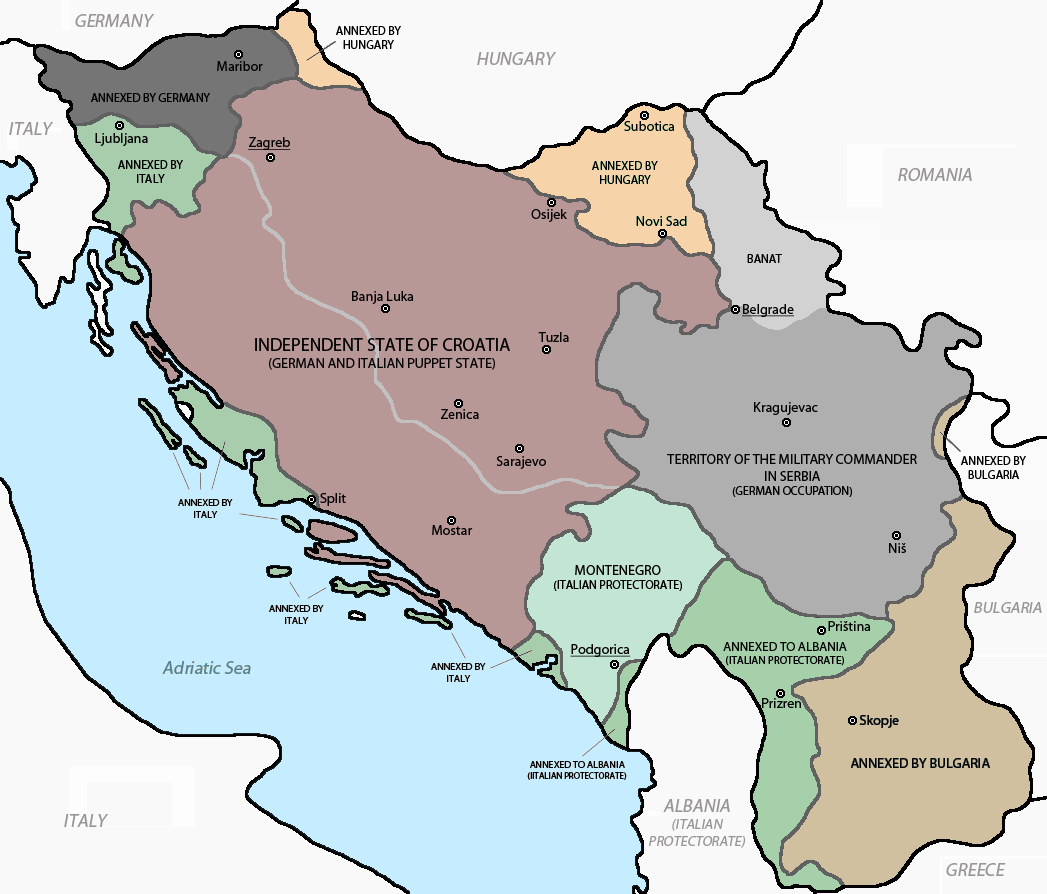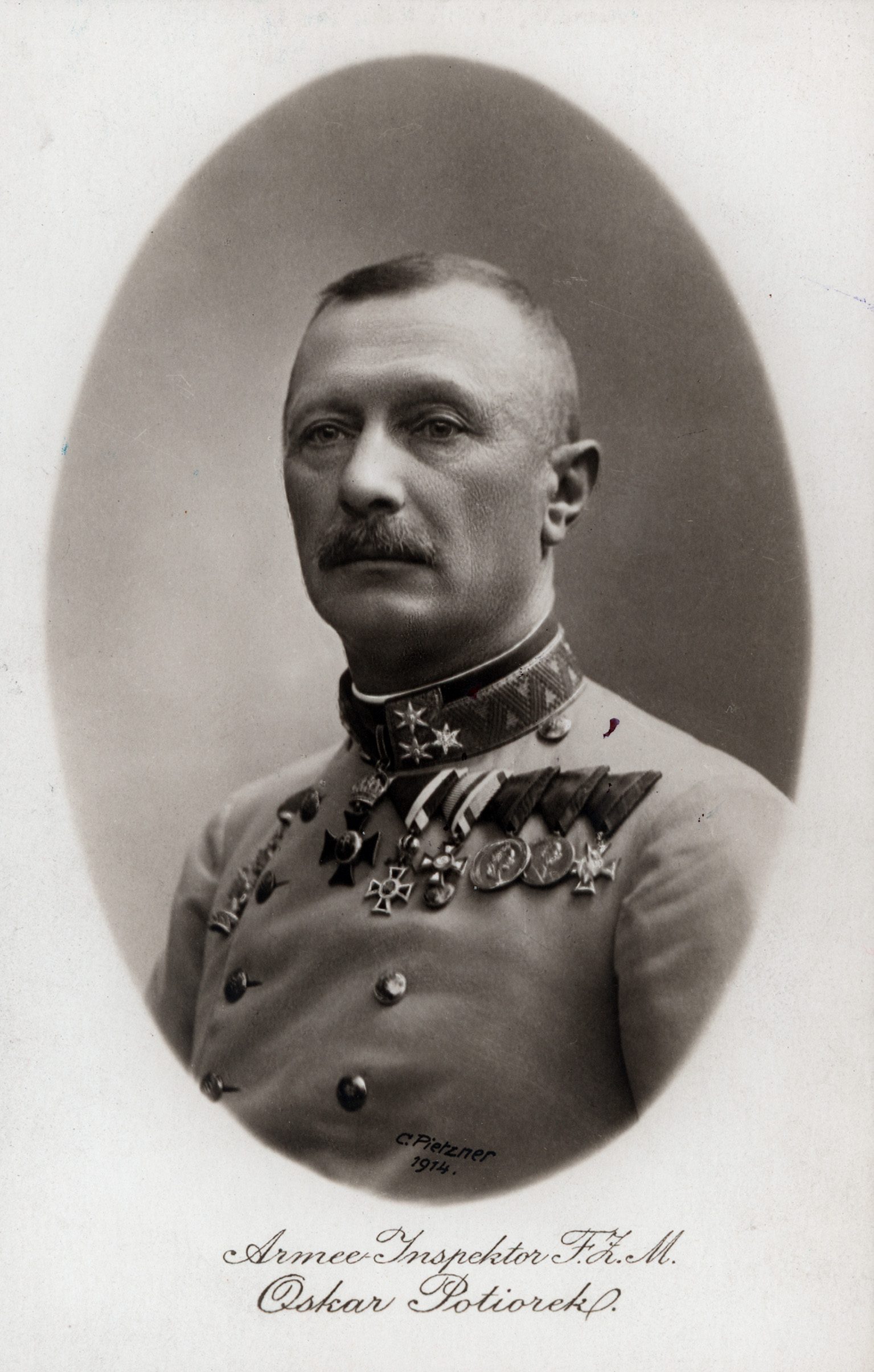|
Tronoša Monastery
The Tronoša Monastery ( sr, / ) is a Serbian Orthodox monastery between the villages of Tršić and Korenita, in the administrative town of Loznica, in western Serbia. It is ecclesiastically part of the Eparchy of Šabac. According to tradition, the monastery was built by King Stefan Dragutin. Location The monastery is located southeast of Loznica. It is situated in the forested area of the Korenita village. However, being also close to the village of Tršić and as the first school of a linguist and language reformer Vuk Stefanović Karadžić who was also from Tršić, the monastery is popularly connected to this village. History Old monastery There are no proper historical records which confirm the origin of the monastery and everything known about it is according to the various traditional writings. The monastery was an endowment of King Stefan Dragutin. However, he died in 1316 and the construction was finished by his widow, Queen Catherine in 1317. It was na ... [...More Info...] [...Related Items...] OR: [Wikipedia] [Google] [Baidu] |
Serbian Orthodox Church
The Serbian Orthodox Church ( sr-Cyrl, Српска православна црква, Srpska pravoslavna crkva) is one of the autocephalous (ecclesiastically independent) Eastern Orthodox Christian denomination, Christian churches. The majority of the population in Serbia, Montenegro and the Republika Srpska entity of Bosnia and Herzegovina are members of the Serbian Orthodox Church. It is organized into metropolis (religious jurisdiction), metropolitanates and eparchies, located primarily in Serbia, Bosnia and Herzegovina, Montenegro, and Croatia. Other congregations are located in the Serb diaspora. The Serbian Patriarch serves as first among equals in his church. The current patriarch is Porfirije, Serbian Patriarch, Porfirije, enthroned on 19 February 2021. The Church achieved Autocephaly, autocephalous status in 1219, under the leadership of Saint Sava, becoming the independent Archbishopric of Žiča. Its status was elevated to that of a patriarchate in 1346, and was kn ... [...More Info...] [...Related Items...] OR: [Wikipedia] [Google] [Baidu] |
Ohrid
Ohrid ( mk, Охрид ) is a city in North Macedonia and is the seat of the Ohrid Municipality. It is the largest city on Lake Ohrid and the List of cities in North Macedonia, eighth-largest city in the country, with the municipality recording a population of over 42,000 inhabitants as of 2002. Ohrid is known for once having 365 churches, one for each day of the year, and has been referred to as a "Jerusalem of the Balkans"."The Mirror of the Macedonian Spirit, Zlate Petrovski, Sašo Talevski, Napredok, 2004, , page 72: "... and Macedonia in the Cathedral Church St. Sofia in the Macedonian Jerusalem — Ohrid..." The city is rich in picturesque houses and monuments, and tourism is predominant. It is located southwest of Skopje, west of Resen (town), Resen and Bitola. In 1979 and in 1980 respectively, Ohrid and Lake Ohrid were accepted as Cultural and Natural World Heritage Sites by UNESCO. Ohrid is one of only 28 sites that are part of UNESCO's World Heritage that are Cultu ... [...More Info...] [...Related Items...] OR: [Wikipedia] [Google] [Baidu] |
Jug Bogdan
A jug is a type of container commonly used to hold liquids. It has an opening, sometimes narrow, from which to pour or drink, and has a handle, and often a pouring lip. Jugs throughout history have been made of metal, and ceramic, or glass, and plastic is now common. In British English, jugs are pouring vessels for holding drinkable liquids, whether beer, water or soft drinks. In North American English these table jugs are usually called pitchers. Ewer is an older word for jugs or pitchers, and there are several others. Several other types of containers are also called jugs, depending on locale, tradition, and personal preference. Some types of bottles can be called jugs, particularly if the container has a narrow mouth and has a handle. Closures such as stoppers or screw caps are common for these retail packages. Etymology The word jug is first recorded in the late 15th century as ''jugge'' or ''jubbe''. It is of unknown origin, but perhaps comes from ''jug'' a te ... [...More Info...] [...Related Items...] OR: [Wikipedia] [Google] [Baidu] |
Saint Pantaleon
Saint Pantaleon ( el, Παντελεήμων, russian: Пантелеи́мон, translit=Panteleímon; "all-compassionate"), counted in the West among the late-medieval Fourteen Holy Helpers and in the East as one of the Holy Unmercenary Healers, was a martyr of Nicomedia in Bithynia during the Diocletianic Persecution of 305 AD. Though there is evidence to suggest that a martyr named Pantaleon existed, some consider the stories of his life and death to be purely legendary. Life of Pantaleon According to the martyrologies, Pantaleon was the son of a rich pagan, Eustorgius of Nicomedia, and had been instructed in Christianity by his Christian mother, Saint Eubula; however, after her death he fell away from the Christian church, while he studied medicine with a renowned physician Euphrosinos; under the patronage of Euphrosinos he became physician to the emperor, Galerius. He was won back to Christianity by Saint Hermolaus (characterized as a bishop of the church at Nicomedi ... [...More Info...] [...Related Items...] OR: [Wikipedia] [Google] [Baidu] |
Veselin Misita
Veselin Misita ( Serbian Cyrillic: Веселин Мисита; 19 March 1904 – 31 August 1941) was a Bosnian Serb military commander holding the rank of lieutenant colonel during World War II. Misita is best known for leading the victorious Battle of Loznica in 1941 in which he was killed. Loznica became the first city in Europe liberated of fascists in August 1941. blic.rs; accessed 24 October 2016. Death and legacy Misita was killed while leading the victorious in 1941. |
Battle Of Loznica (1941)
The Battle of Loznica involved an attack on the German garrison of that town by the Jadar Chetnik Detachment on 31 August 1941. Following the World War II German-led Axis invasion of Yugoslavia in April 1941, the Kingdom of Yugoslavia was partitioned. At the time, Loznica was part of the German-occupied territory of Serbia, which included Serbia proper, with the addition of the northern part of Kosovo (around Kosovska Mitrovica), and the Banat. The Chetniks attacked, led by Lieutenant Colonel Veselin Misita, who was killed during the assault. The Germans surrendered and 93 were captured. This battle was closely followed by the joint Partisan-Chetnik attack on the German garrison at Banja Koviljača. Background In April 1941, Germany and its allies invaded and occupied the Kingdom of Yugoslavia, which was then partitioned. Some Yugoslav territory was annexed by its Axis neighbours, Hungary, Bulgaria and Italy. The Germans engineered and supported the creation of ... [...More Info...] [...Related Items...] OR: [Wikipedia] [Google] [Baidu] |
Chetnik
The Chetniks ( sh-Cyrl-Latn, Четници, Četnici, ; sl, Četniki), formally the Chetnik Detachments of the Yugoslav Army, and also the Yugoslav Army in the Homeland and the Ravna Gora Movement, was a Yugoslav royalist and Serbian nationalist movement and guerrilla force in Axis-occupied Yugoslavia. Although it was not a homogeneous movement, it was led by Draža Mihailović. While it was anti-Axis in its long-term goals and engaged in marginal resistance activities for limited periods, it also engaged in tactical or selective collaboration with the occupying forces for almost all of the war. The Chetnik movement adopted a policy of collaboration with regard to the Axis, and engaged in cooperation to one degree or another by establishing '' modus vivendi'' or operating as "legalised" auxiliary forces under Axis control. Over a period of time, and in different parts of the country, the movement was progressively drawn into collaboration agreements: first with the puppet Gov ... [...More Info...] [...Related Items...] OR: [Wikipedia] [Google] [Baidu] |
Austria-Hungary
Austria-Hungary, often referred to as the Austro-Hungarian Empire,, the Dual Monarchy, or Austria, was a constitutional monarchy and great power in Central Europe between 1867 and 1918. It was formed with the Austro-Hungarian Compromise of 1867 in the aftermath of the Austro-Prussian War and was dissolved shortly after its defeat in the First World War. Austria-Hungary was ruled by the House of Habsburg and constituted the last phase in the constitutional evolution of the Habsburg monarchy. It was a multinational state and one of Europe's major powers at the time. Austria-Hungary was geographically the second-largest country in Europe after the Russian Empire, at and the third-most populous (after Russia and the German Empire). The Empire built up the fourth-largest machine building industry in the world, after the United States, Germany and the United Kingdom. Austria-Hungary also became the world's third-largest manufacturer and exporter of electric home appliances, ... [...More Info...] [...Related Items...] OR: [Wikipedia] [Google] [Baidu] |
Battle Of Cer
The Battle of Cer, ; german: Schlacht von Cer; hu, Ceri csata. Also known as the Battle of the Jadar River (Јадарска битка, ''Jadarska bitka''; ''Schlacht von Jadar''; ''Jadar csata''). was a military campaign fought between Austria-Hungary and Serbia in August 1914, starting three weeks into the Serbian Campaign, the initial military action of the First World War. It took place around Cer Mountain and several surrounding villages, as well as the town of Šabac. The battle, part of the first Austro-Hungarian invasion of Serbia, began on the night of 15 August when elements of the Serbian 1st Combined Division encountered Austro-Hungarian outposts that had been established on the slopes of Cer Mountain earlier in the invasion. The clashes that followed escalated into a battle for control over several towns and villages near the mountain, especially Šabac. On 19 August, the morale of the Austro-Hungarians collapsed and thousands of soldiers retreated back into Aust ... [...More Info...] [...Related Items...] OR: [Wikipedia] [Google] [Baidu] |
World War I
World War I (28 July 1914 11 November 1918), often abbreviated as WWI, was one of the deadliest global conflicts in history. Belligerents included much of Europe, the Russian Empire, the United States, and the Ottoman Empire, with fighting occurring throughout Europe, the Middle East, Africa, the Pacific, and parts of Asia. An estimated 9 million soldiers were killed in combat, plus another 23 million wounded, while 5 million civilians died as a result of military action, hunger, and disease. Millions more died in genocides within the Ottoman Empire and in the 1918 influenza pandemic, which was exacerbated by the movement of combatants during the war. Prior to 1914, the European great powers were divided between the Triple Entente (comprising France, Russia, and Britain) and the Triple Alliance (containing Germany, Austria-Hungary, and Italy). Tensions in the Balkans came to a head on 28 June 1914, following the assassination of Archduke Franz Ferdin ... [...More Info...] [...Related Items...] OR: [Wikipedia] [Google] [Baidu] |


.jpg)
_by_shakko.jpg)

